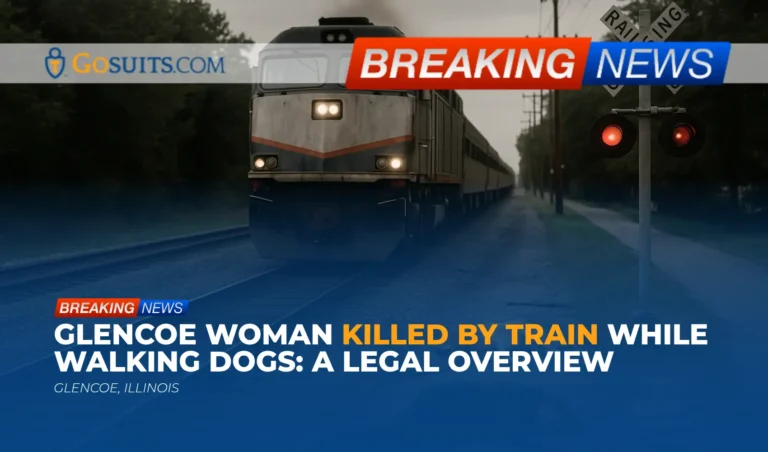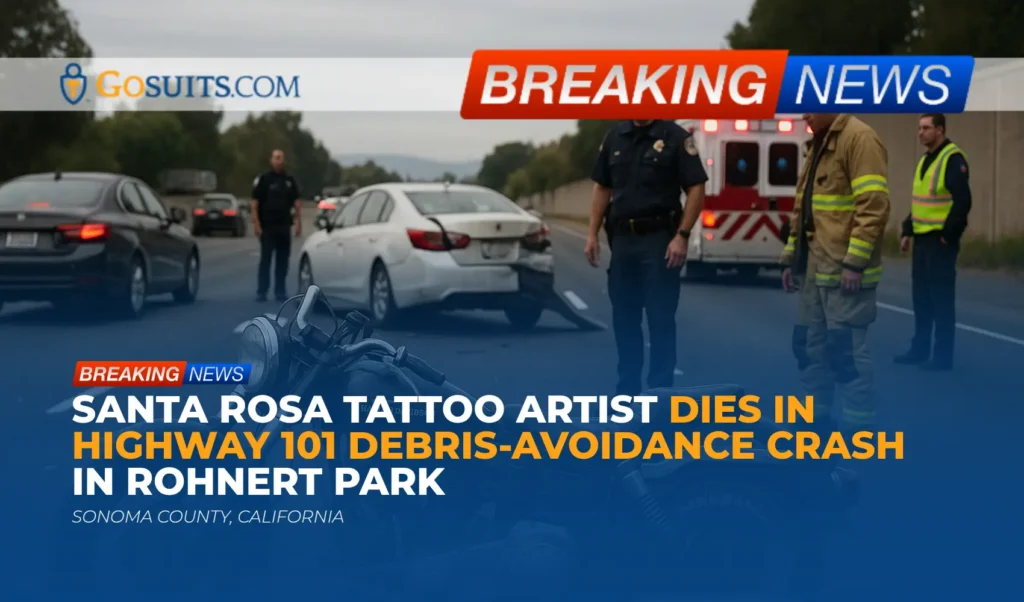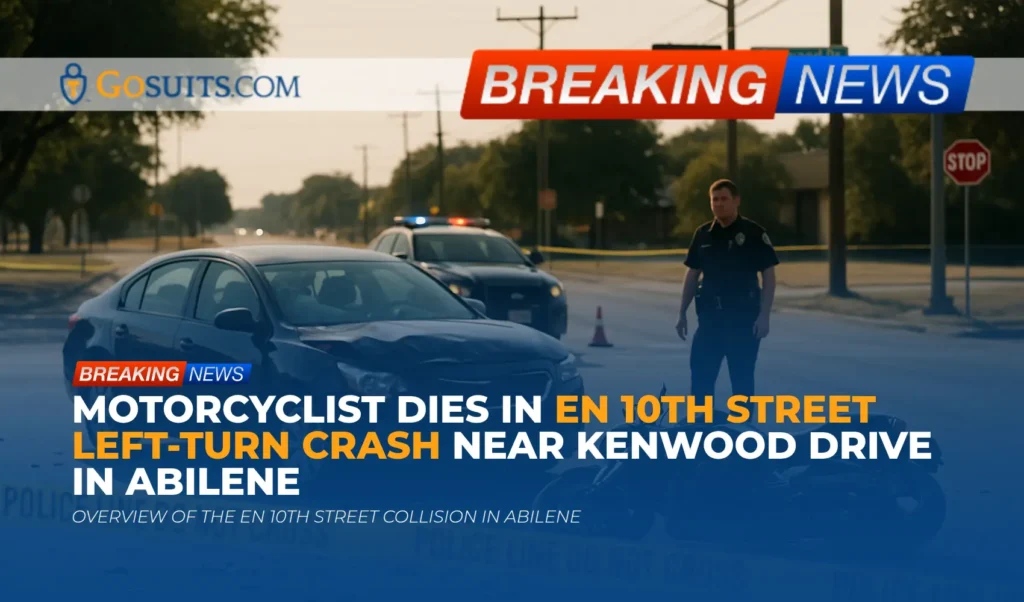Over the weekend, a tragic incident occurred in Glencoe, Illinois, resulting in the death of a 48-year-old woman. Daniella Weisman, a resident of Glencoe, was struck by a Metra train while walking her dogs along the Union Pacific North railroad line. The incident happened around 9:30 a.m. on Saturday, September 6th.
According to a Metra spokesperson, Weisman was walking in a suburban area lacking a sidewalk when she was hit. The train engineer reportedly saw Weisman and initiated emergency braking procedures while sounding the horn. Unfortunately, the efforts were not enough to prevent the collision.
Weisman was pronounced dead at the scene. Adding to the heartbreak, one of her dogs also perished in the accident, while the other ran away. An investigation into the incident revealed that Weisman was wearing headphones or earbuds at the time.
Understanding the Circumstances
The Metra spokesperson indicated that there were railroad gates and flashing lights at the crossing, suggesting that Weisman would have needed to bypass these safety measures to access the tracks. The absence of a sidewalk in the area raises questions about pedestrian safety near the railway.
Legal Considerations in Train Accidents
Train accidents involving pedestrians often involve complex legal questions, particularly concerning negligence and liability. In such cases, several factors are typically investigated:
- Right-of-Way: Trains generally have the right-of-way, but railroad companies still have a duty to operate their trains safely. This includes maintaining equipment, following safety protocols, and taking reasonable measures to prevent accidents.
- Negligence: Establishing negligence is crucial in a personal injury claim. Negligence occurs when a party fails to exercise reasonable care, resulting in harm to another person. In train accidents, this could involve the train operator, the railroad company, or even the individual involved.
- Duty of Care: Railroad companies have a duty of care to the public, including pedestrians who may be near the tracks. This duty includes providing adequate warnings and safety measures at crossings.
- Comparative Negligence: Illinois operates under a modified comparative negligence rule. This means that a person can recover damages in a personal injury case, even if they were partially at fault, as long as their percentage of fault is not more than 50%. However, the amount of damages they can recover will be reduced by their percentage of fault.
Factors Influencing Liability
In the case of Weisman’s tragic death, several factors could influence the determination of liability:
- Visibility: The conditions at the time of the accident, such as weather and lighting, could affect the visibility of both the train operator and Weisman.
- Warnings: Whether the train operator provided adequate warnings, such as sounding the horn, will be examined.
- Safety Measures: The presence and functionality of safety measures at the crossing, such as gates and flashing lights, will be scrutinized.
- Pedestrian Behavior: Weisman’s actions, including whether she was wearing headphones or earbuds and whether she disregarded safety signals, will be considered.

The Importance of Thorough Investigation
Given the complexities of train accident cases, a thorough investigation is essential to gather all relevant evidence and determine the cause of the accident. This investigation may involve:
- Reviewing Train Records: Examining the train’s speed, maintenance records, and the operator’s training and performance history.
- Analyzing the Scene: Inspecting the accident site, including the condition of the tracks, visibility, and the presence of safety measures.
- Interviewing Witnesses: Gathering statements from the train operator, other railroad employees, and any bystanders who may have witnessed the accident.
- Consulting Experts: Seeking opinions from accident reconstruction specialists, engineers, and other relevant professionals.
The Rights of Surviving Family Members
In the event of a fatal train accident, the surviving family members may have the right to pursue a wrongful death claim. This type of claim seeks to recover damages for the losses suffered as a result of the death, including:
- Funeral and Burial Expenses: Compensation for the costs associated with the funeral and burial.
- Loss of Income: Financial support that the deceased would have provided to the family.
- Loss of Companionship: Compensation for the loss of love, support, and companionship.
- Pain and Suffering: In some cases, damages may be awarded for the pain and suffering experienced by the deceased prior to death.

Commentary from Gosuits Cook County, Illinois Personal Injury Attorney
This is a heartbreaking situation, and our hearts go out to the family and friends of Daniella Weisman. Train accidents can have devastating consequences, and it is important to understand the potential legal avenues available to those affected.
In Illinois, negligence plays a crucial role in determining liability in personal injury cases. If the railroad company or train operator failed to exercise reasonable care and that negligence caused Weisman’s death, her family may have grounds for a wrongful death claim. Factors such as the absence of a sidewalk, the presence of safety gates, and whether Weisman was wearing headphones will all be relevant to determining liability.
Additionally, the concept of comparative negligence will likely come into play. Even if Weisman was partially at fault for the accident, her family may still be able to recover damages, as long as her percentage of fault is not more than 50%. However, the amount of damages they can recover would be reduced by her percentage of fault.
Given the complexities of these cases, it is essential for anyone affected by a train accident to consult with an experienced personal injury attorney who can thoroughly investigate the circumstances, assess their legal options, and advocate for their rights. While we cannot offer legal advice, it is important to understand your rights.






